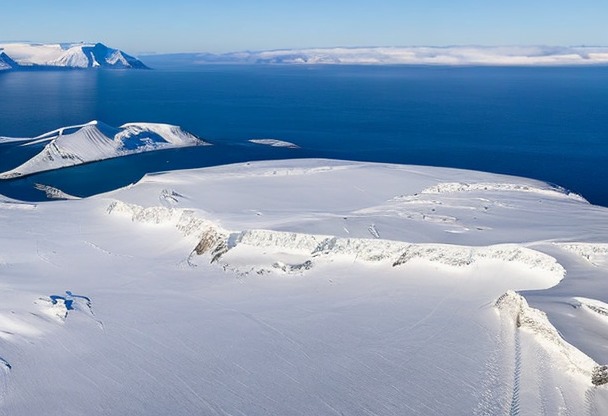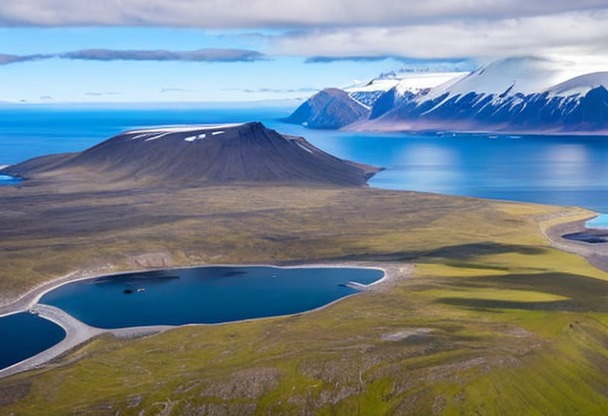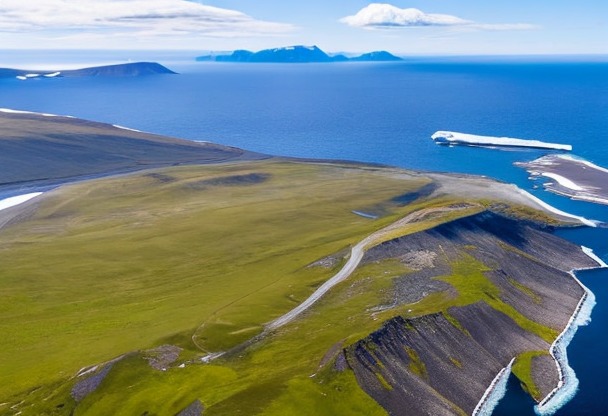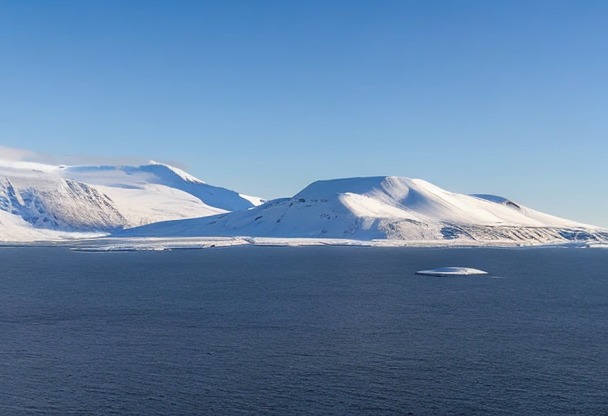WHEN TO TRAVEL TO Svalbard and Jan Mayen Island
Choosing the right time for your trip to Svalbard and Jan Mayen Island can make all the difference. It's important to consider weather elements, seasonal events and busy tourist periods to maximize your travel experience.

Location
Climate
The weather: a key factor in choosing the right period for your stay
The climate of Svalbard and Jan Mayen Island is polaire, with very low temperatures and often extreme weather conditions. However, some periods are more suitable for tourism than others.Winter: a time of northern lights and polar nights
From November to February, temperatures average between -10 and -20°C. This is also the period for polar nightsThe sun doesn't rise for several weeks. The days are therefore very short and dark, but this period also offers the opportunity to observe the magnificent northern lights.Summer: the time of the midnight sun and hiking
Summer, from June to August, is the best time to visit Svalbard and Jan Mayen Island. Temperatures generally fluctuate between 0 and 10°C, and the sun shines practically 24 hours a day, providing ideal conditions for hiking and other outdoor activities.Major cultural events and public holidays
In addition to weather conditions, it's essential to take major cultural events and public holidays into account when planning your trip to Svalbard and Jan Mayen Island. Here are some of the most important events of the year:- Norwegian National Day May 17 is a public holiday in Norway, celebrating the signing of the Constitution in 1814. The holiday is also celebrated on the Svalbard territory, with parades, speeches and festivities in major towns such as Longyearbyen and Barentsburg.
- Polarjazz Music Festival Every year in early February, the town of Longyearbyen plays host to Polarjazz, the world's most northerly jazz festival. International and local artists perform over several days to the delight of jazz fans and visitors alike.
- Trappers Trail sled dog race Longyearbyen: In April, this annual sled dog race attracts participants and spectators from all over the world. The competition takes place over a distance of 70 km around the town of Longyearbyen.
Low and high season periods
As mentioned above, the weather plays a key role in the number of visitors to Svalbard and Jan Mayen Island. Here's an overview of the low and high season periods:- Low season (November - February) Winter: With very low temperatures and short, dark days, winter attracts fewer visitors. However, it's also the best time to watch the northern lights and enjoy activities such as the ski touring or snowmobile excursions.
- High season (June - August) Summer is undoubtedly the most popular time of year for tourists to Svalbard and Jan Mayen Island. Temperatures are milder, the sun shines constantly and conditions are ideal for hiking, sailing or wildlife observation.
Budget: a factor to be taken into account
The cost of living on Svalbard and Jan Mayen Island is high, due to their isolated location and the cost of imports. So be prepared to spend more on accommodation, meals and tourist activities than in other European destinations. Visit low seasonIn high season, accommodation prices may be slightly lower than in the high season. However, some activities are not available during this period, such as boat trips or visits to inaccessible natural sites. On the other hand, in high seasonIf you choose to stay in one of our hotels, you'll have access to a greater variety of tourist activities, but prices will also be higher, and it's advisable to book in advance.Insurance

Your credit card does not cover you in all situations, that is whyIt is essential to take out insurance before you leave to avoid any unpleasant surprises. If you need to see a doctor or be hospitalized, in some countries, medical costs are very high and you will then find yourself having to pay several thousand euros.
Our partner Chapka Insurance proposes the contract CAP ASSISTANCE 24/24 with many essential guarantees.


Flights

Your flight has been cancelled or delayed ?
You may be eligible for a compensation of up to €600 ! For this, lawyers are responsible for handling your claim with the airline and are only paid when the reimbursement is effective.
In conclusion, no financial risk for you, only advantages!
Immigration statistics for Svalbard and Jan Mayen Island
First, let's take a look at the immigration figures for Svalbard and Jan Mayen Island. The figures show that these two territories are increasingly popular with foreigners for a variety of reasons, including natural beauty, professional opportunities and easy access to the Nordic countries.Svalbard: a growing international population
Over the years, the number of foreigners living in Svalbard has grown considerably. Visit total population is around 2,900 people, including some 35% of foreigners. The main foreign groups come from RussiaSweden and Thailand. Other nationalities represented include PolishFilipinos and Italians.Jan Mayen Island: a favourite destination for scientists
Due to its isolated location and extreme weather conditions, Jan Mayen Island is inhabited mainly by foreign scientists and researchers working on projects related to geology, meteorology or the environment. The population is therefore highly fluctuating, varying between 18 and 35 people depending on the season.Most popular visas for Svalbard and Jan Mayen Island
Let's move on to the types of visa most in demand in these two regions. Visa procedures are different for Svalbard and Jan Mayen Island, due to their respective territorial status.Svalbard: a visa-free zone
One of Svalbard's special features is that it is considered to be a "world heritage site". visa-free zone. This means that anyone, regardless of nationality, can travel to and reside in Svalbard without having to apply for a visa first. However, it is important to note that a residence permit may be required if you wish to work or study in Svalbard. In addition, if you are transiting mainland Norway on your way to Svalbard, you may need a Schengen visa, depending on your nationality.Jan Mayen Island: special visas for researchers
Unlike Svalbard, Jan Mayen Island requires specific visas for foreigners wishing to reside there. In most cases, this will involve a research visaissued to scientists and researchers working on site. Other types of visa may be granted for exceptional reasons, such as humanitarian work or diplomatic missions.International tourism on Svalbard and Jan Mayen Island
Finally, let's take a look at the international tourism figures for these two northern regions. Thanks to their spectacular landscapes and unique wildlife, Svalbard and Jan Mayen Island attract many tourists every year.Svalbard: a popular destination for adventurers
With its polar environment and impressive glaciers, Svalbard is becoming increasingly popular with tourists seeking adventure and a change of scenery. In 2019, there were almost 70,000 visitors in this region, the majority of whom are Norwegians, followed by Germans and Britons. Most tourist activities in Svalbard focus on nature and winter sports, such as ski touring, dog-sledding expeditions and guided tours to observe local wildlife, including polar bears and reindeer.Jan Mayen Island: tourism still limited
Due to its isolation and extreme conditions, Jan Mayen Island is not a highly developed tourist destination. Nevertheless, a few organized expeditions offer visitors access to this volcanic island to discover its unique landscape and rich biodiversity. Activities on Jan Mayen Island include hikes around the Beerenberg volcano, boat trips for seabird and whale watching, and guided tours of scientific research stations.

